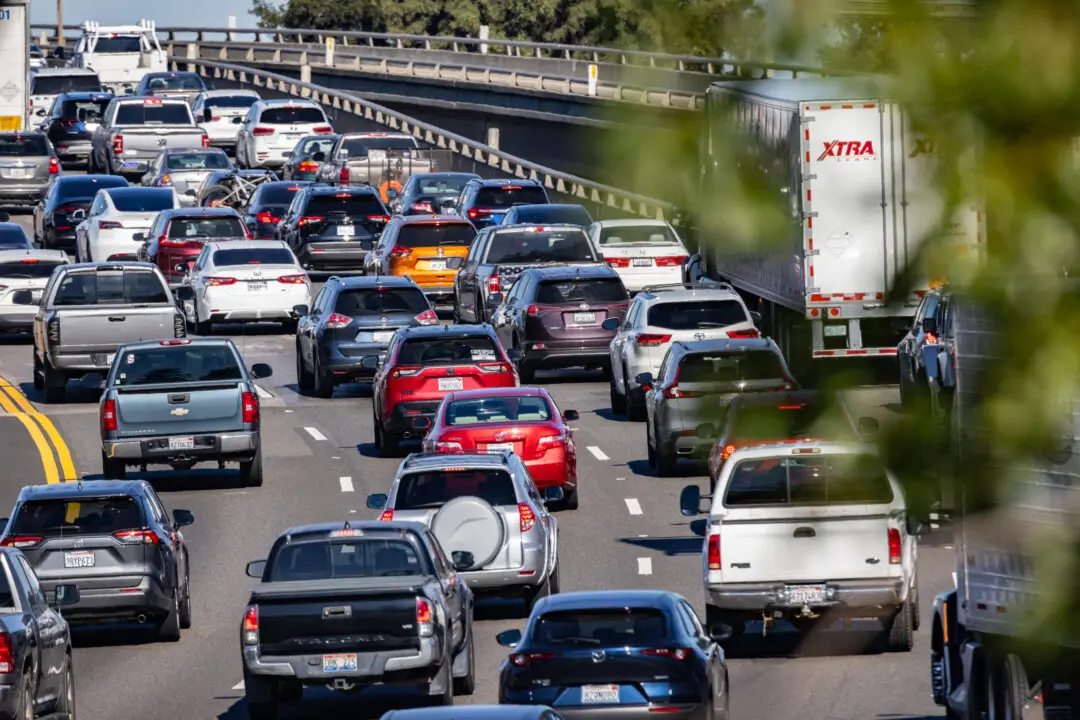Corporate bankruptcies in the United States rose in May, based on the latest reports, with the first five months of 2023 seeing the highest number of filings since 2010.
There were 54 corporate bankruptcy filings in May, up from 52 in April, according to a June 6 report published by S&P Global. In the first five months of 2023, there have been 286 corporate bankruptcy filings, more than double the 138 filings seen during the first five months of 2022. This is also the highest number of filings for a January to May period since 2010, when 402 filings were recorded.





